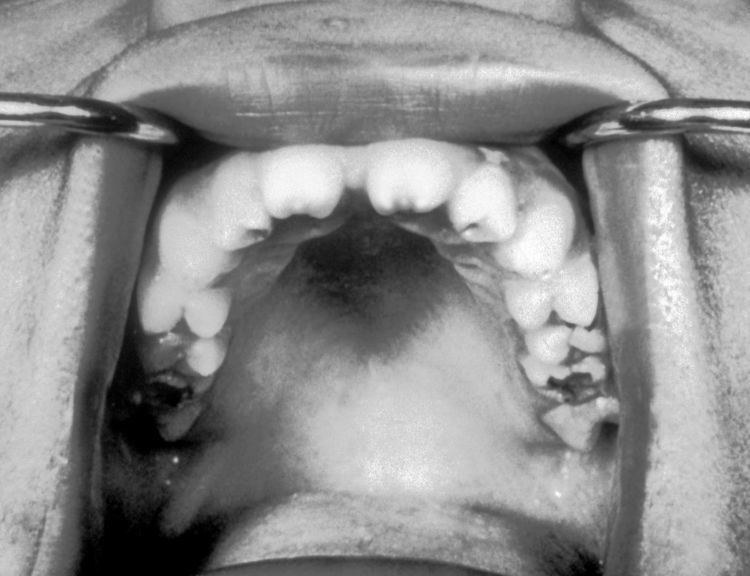Specialty infectious disease ICD-9-CM 090 MedlinePlus 001344 | ICD-10 A50 DiseasesDB 12744 eMedicine ped/2193 | |
 | ||
Congenital syphilis is syphilis present in utero and at birth, and occurs when a child is born to a mother with syphilis. Untreated early syphilis infections results in a high risk of poor pregnancy outcomes, including saddle nose, lower extremity abnormalities, miscarriages, premature births, stillbirths, or death in neonates. Some infants with congenital syphilis have symptoms at birth, but many develop symptoms later. Babies exposed, in utero, can have deformities, delays in development, or seizures along with many other problems such as rash, fever, hepatosplenomegaly, anemia, and jaundice. Newborns will typically not develop a primary syphilitic chancre, but may present with signs of secondary syphilis (i.e. generalized body rash). Often these babies will develop syphilitic rhinitis ("snuffles"), the mucus from which is laden with the T. pallidum bacterium, and therefore highly infectious. Rarely, the symptoms of syphilis go unseen in infants so that they develop the symptoms of latent syphilis, including damage to their bones, teeth, eyes, ears, and brain.
Contents
Early
This is a subset of cases of congenital syphilis. Newborns may be asymptomatic and are only identified on routine prenatal screening. If not identified and treated, these newborns develop poor feeding and rhinorrhea. By definition, early congenital syphilis occurs in children between 0 and 2 years old. After, they can develop late congenital syphilis.
Symptomatic newborns, if not stillborn, are born premature, with hepatosplenomegaly, skeletal abnormalities, pneumonia and a bullous skin disease known as pemphigus syphiliticus.
Late
Late congenital syphilis is a subset of cases of congenital syphilis. By definition, it occurs in children at or greater than 2 years of age who acquired the infection trans-placentally.
Symptoms include
A frequently-found group of symptoms is Hutchinson's triad, which consists of Hutchinson's teeth (notched incisors), keratitis and deafness and occurs in 63% of cases.
Treatment (with penicillin) before the development of late symptoms is essential.
Signs and symptoms
Death from congenital syphilis is usually through pulmonary hemorrhage.
Treatment
If a pregnant mother is identified as being infected with syphilis, treatment can effectively prevent congenital syphilis from developing in the fetus, especially if he or she is treated before the sixteenth week of pregnancy. The fetus is at greatest risk of contracting syphilis when the mother is in the early stages of infection, but the disease can be passed at any point during pregnancy, even during delivery (if the child had not already contracted it). A woman in the secondary stage of syphilis decreases her fetus's risk of developing congenital syphilis by 98% if she receives treatment before the last month of pregnancy. An afflicted child can be treated using antibiotics much like an adult; however, any developmental symptoms are likely to be permanent.
Kassowitz’s law is an empirical observation used in context of congenital syphilis stating that the greater the duration between the infection of the mother and conception, the better is the outcome for the infant. Features of a better outcome include less chance of stillbirth and of developing congenital syphilis.
The Centers for Disease Control and Prevention recommends treating symptomatic or babies born to infected mother with unknown treatment status with procaine penicillin G, 50,000 U/kg dose IM a day in a single does for 10 days. Treatment for these babies can vary on a case by case basis. Treatment cannot reverse any deformities, brain, or permanent tissue damage that has already occurred.
